I’ve undergone a crash course in the Australian voting system. It’s complicated and opaque – but has the potential to be deliciously democratic – if we can only get our heads around it and remove the stranglehold imposed by the major parties.
I must confess that before Covid, politics was not my thing. I am a medical journalist, but the shock of being told to censor doctors’ comments for my job made clear the stifling of scientific debate that was occurring.
The scientific process relies on free speech. So does democracy.
Like most Australians, I was ignorant of the electoral process. Brought up in the UK with its simple first-past-the-post voting system, I remember thinking when I saw my first senate ballot paper: ‘I could wear this as a skirt!’ Now I see the democracy that makes up the fabric of that skirt.
My husband and I began our education process thanks to Monica Smit of Reignite Democracy Australia who, with leadership consultant Liz Blake, produced a voter education program in the weeks before the election. It was a bit clunky, but they had put their hearts into it for no monetary return and it did the job for us! Among other things, it instilled the concept of ‘putting the majors last’ into our free-speech-loving heads – a paradigm shift that I am deeply grateful for.
Monica Smit encouraged people to get involved in the election to help the ‘Freedom Friendly parties’ and we duly signed up.
So, for two weeks we stood at pre-polling booths in Sydney’s northwest. We were happy to hand out how-to-vote cards for the Liberal Democrats, One Nation, UAP, and a party we had never heard of before – the Australian Federation Party – acting as a swing resource providing help wherever needed.
On our first day, we attended an event where we met every candidate we were supporting. Despite all candidates in the electorate being invited, the majors were conspicuous by their absence, leaving four Freedom Friendly party candidates and one independent. The latter was a young man for whom we had developed the greatest of respect by the end of the campaign. All five candidates impressed us, all had gone through deprivation during the lockdowns, and all were opposed to vaccine mandates.
But a sobering event happened that night. While everyone was inside the hall, the UAP candidate’s car was vandalised – spray-painted with swastikas and the words ‘fascist’ and ‘Nazi’. The likely reason for the attack? There was a UAP poster in the back window of his car. Things have truly become bizarre in Australia when a party campaigning for freedom of speech and association – the essence of democracy – is accused of authoritarianism!
As we greeted voters at pre-polls during the following two weeks, it was quickly apparent that Clive Palmer, despite his bankrolling of the UAP campaign and purchasing millions of doses of Hydroxychloroquine for the nation, was seen as a drawback by many. Pauline Hanson, to a lesser extent, was disliked by some electors who perceived her as racist.
In contrast, the Liberal Democrats were not hated, but few people seemed aware that they even existed, let alone what they stood for, and they were frequently confused with the Liberals. Meanwhile, no one seemed to have heard of the Australian Federation Party – something that probably hampered that candidate.
Monica Smit’s course had made clear the power of our preferential voting system in giving the voter as much influence as possible. If my first choice has been denied, my second choice is considered, and so on. Using this approach and putting a major party low on the list, my vote would, most likely, come to rest finally in the major I objected to least. Meanwhile, my first choice had at least been clearly signalled and recorded.
I came to see my vote as something like an Olympic torch – passing from candidate to candidate, with the light of my intention dimming a little at each transfer, but still reflecting my wishes as much as possible.
Yet as I spoke to voters, I could see their strong belief – which indeed I had previously shared – that putting a minor party or independent first was ‘wasting a vote’. Perhaps they needed to see Topher Field’s demonstration with marbles to understand how putting Freedom Friendly parties first (or other small parties or independents if freedom of speech and association is not your thing) can be a way to give one’s favourite candidates traction and recognition.
This highly democratic system is, I discovered, nobbled by funding rules that, in my view, are unfair.
Under these rules, which favour the major parties, candidates who receive more than 4 per cent of the primary vote are eligible to receive a payment of up to $2.91 ($2.914 to be precise) per primary vote to cover their electoral campaign expenses – providing they can demonstrate that they have spent this amount. In other words, putting a major party as number one will likely put $2.91 into their coffers. They receive the money in the weeks and months after the election.
This may not sound like much, but it adds up to a lot. A rough calculation using AEC results on June 1 suggests the Liberals currently stand to receive up to $9.4 million in electoral funding, and the Labor party, $12.7 million. In contrast, smaller parties and independents who fail to reach 4 per cent of the primary vote will have to pay all their election costs.
This funding rule effectively throttles small parties and independents at birth. It is the opposite of a fair go. Why is the 4 per cent threshold there? Ask the majors! The money they receive means they can effectively fund elections cost-free – providing they spend less than $2.91 per primary vote.
According to the AEC website vote count, Pauline Hanson’s One Nation has scored 4.87 per cent of the national primary vote and the UAP has 4.07 per cent. We can thus expect these two parties to receive electoral funding for those candidates who polled above the threshold. Other freedom parties are well below 4 per cent nationally and unlikely to glean much funding at all, except perhaps for a few exceptional candidates.
In total, the five freedom candidates in our electorate received some 10.3 per cent of the vote, which emphasises the case for a ‘freedom alliance’ of some sort.
Speaking to voters as they came to the booth, almost all were unaware of this funding anomaly. They liked the idea that by putting their favourite small party or independent first they could effectively defund the majors and raise the chances that this funding would go to their preferred party. Many were horrified both by the unfairness of the system and the fact that they knew nothing of it.
Of course, the majors would prefer us not to know!
A second request from Monica Smit was for people to volunteer as scrutineers. We did this and had the privilege of watching votes being counted on election night. I urge every Australian to consider spending a few hours scrutineering at least once in their lives. For a start, it’s a great way to understand the voting system.
To be a scrutineer you simply need to ask one of the candidates to sign a form to indicate that they want you to be allowed to watch the count to ensure that they are not being disadvantaged.
Our four hours of scrutineering on election night impressed us with the professionalism and efficiency of the AEC staff. The supervisor handled the count well, always referring staff unsure of what to do to ‘go and look in the book’. The AEC recruits extra staff to count votes, including some with no previous experience, and we saw that even seasoned AEC staff can put a vote into the wrong pile. We added value as scrutineers in finding mistakes and feel that our presence helped to ensure AEC integrity and keep standards high. Reassuringly, we felt all mistakes were genuine and there was nothing sinister going on.
There were just three scrutineers at our polling booth – the two of us, and a man scrutineering for the Liberals. His main interest seemed to be in getting the tally for the House of Representatives to his candidate as soon as possible, and certainly before the AEC supervisor had managed to phone in the result to their HQ on a line that seemed to be permanently engaged! It is sad to think that even now, as votes continue to be counted this week, there are probably many counts going on with no scrutineers present.
The number of incorrectly completed senate votes was disturbingly high. In our electorate the pile of such votes – known by the AEC as ‘informal’ votes – was probably the fourth largest pile. This adds to the evidence for a need for more voter education.
The importance of the Senate was another revelation to us. Like many voters, we tended to concentrate on who we wanted to put first for the House of Representatives and gave little thought to the Senate. Senators are there to ensure that the states’ interests are not disadvantaged by federal laws and each state sends 12 senators to the upper house, making Tasmanian voters the most powerful in the nation in that regard. The two territories have two senators each. For those of us wanting to back the Freedom Friendly parties, thinking strategically about our senate vote may be more important than our vote for our Federal MP.
So, what do we conclude from these two weeks of immersion in politics?
Having an alliance of Freedom Friendly parties would make things much simpler for libertarian voters and give them more clout. A freedom alliance would need to think much more strategically and emulate the Climate 200 movement in at least this respect. They focused on just 23 lower house candidates, in electoral divisions where they had the best chance of winning – often wealthy suburbs where rising costs of fuel would have little bite.
It would also help if some factions of the freedom movement had not advised voters to shun elections altogether and spoil their votes. Those truly were wasted votes!
Individual voters need to understand the system better to use their vote wisely, and Freedom Friendly parties need to be much more strategic. We are a long way from both goals at present.
Consider Sam (not his real name), whom we met after he had voted. Sam would normally vote Labor, however, the Covid response had made him furious particularly with state Labor leaders, and with Mark McGowan in particular. Sam also believed Climate Change was a scam, ‘like Y2K’, and he had no qualms about nuclear power. As he went to vote he had no clear idea of whom to choose, except to avoid the majors. He encountered the Teal independent at the entrance to the polling booth. ‘She seemed like a nice person, so I voted for her,’ he said.
Good on you Monica Smit and Liz Blake for recognising the need for voter education and doing something about it! For those of us who want freedom of speech and association, step one is to get ourselves and our friends educated on how to wring every drop of value from our vote.
Got something to add? Join the discussion and comment below.
Get 10 issues for just $10
Subscribe to The Spectator Australia today for the next 10 magazine issues, plus full online access, for just $10.

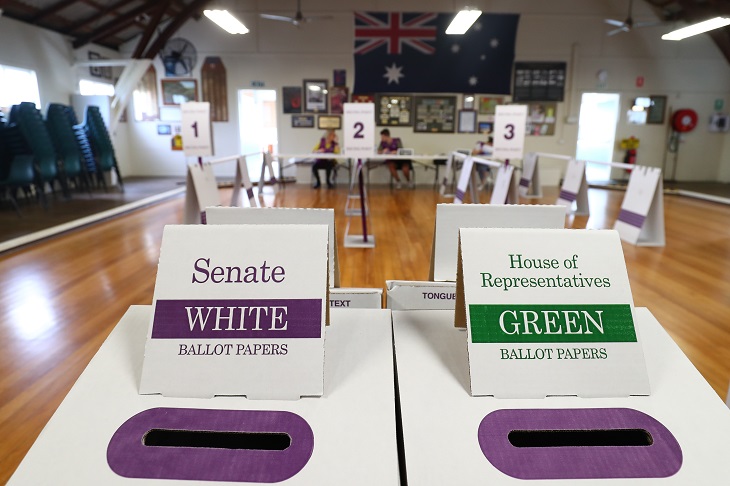
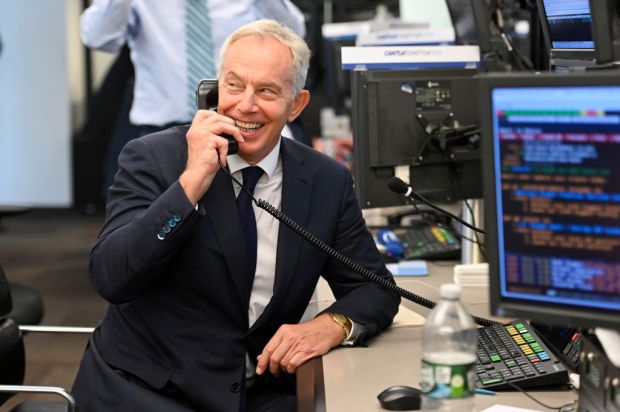
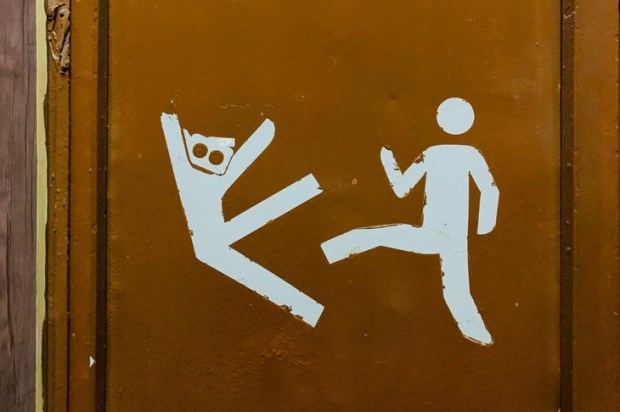
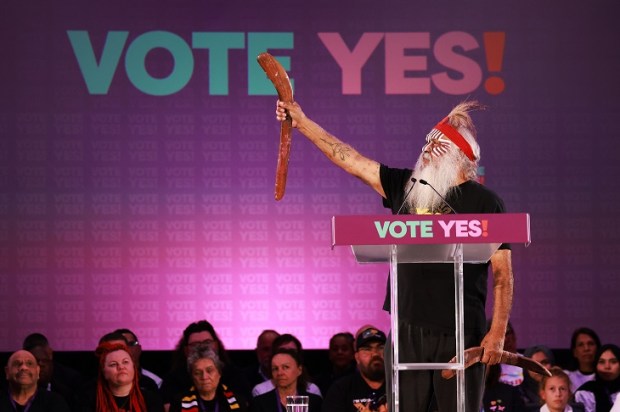


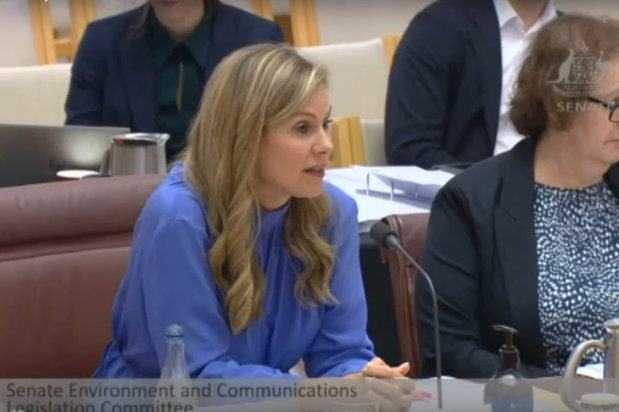


















Comments
Don't miss out
Join the conversation with other Spectator Australia readers. Subscribe to leave a comment.
SUBSCRIBEAlready a subscriber? Log in